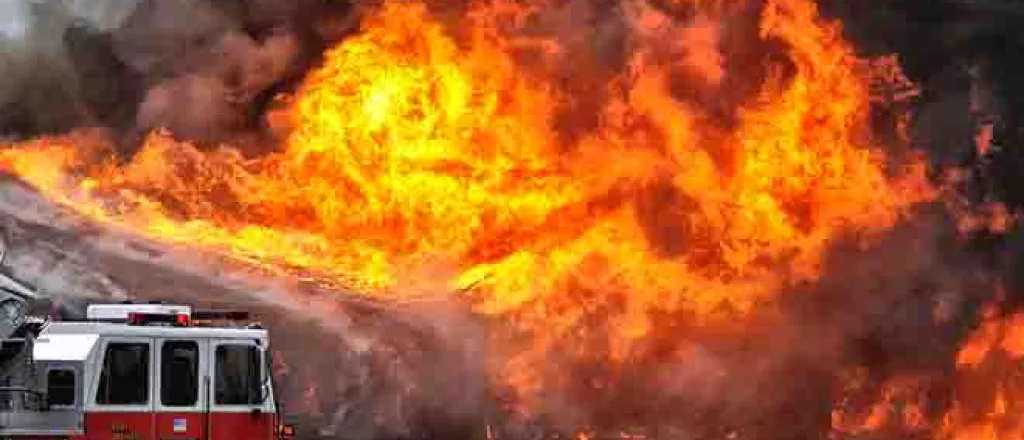
Wildfire mitigation increases odds of saving Colorado homes
(Colorado News Connection) A changing climate is bringing longer and more severe drought and extreme heat to Colorado and other western states, and as a result, wildfire season is becoming a year-round phenomenon.
John Shaver, Colorado forester and wildfire mitigation specialist who works with ranchers and farmers on fire-mitigation practices, said reducing fuel stores -- trees, brush, and other flammable materials -- will not stop a raging wildfire, but mitigation can ensure when the fire does get there, it won't be as intense.
"What we're trying to do is break up the connectivity of fuels," Shaver explained. "To hopefully decrease that fire activity around those areas, for safety of the landowners, and safety of fire personnel and first responders."
The number of acres burned in the United States is approximately 112 percent above the 10-year average, according to the June wildfire outlook from the National Interagency Fire Center. Last year, state lawmakers passed the Colorado Strategic Wildfire Action Program, which provides funding for communities to take on mitigation projects.
While many private landowners are reluctant to cut down trees, Shaver noted thinning out forests which have become unnaturally dense can make them healthier. He encouraged anyone concerned about wildfire to contact their local fire department and Forest Service office to see what resources are available.
"Just because you meet with us doesn't mean you have to do anything," Shaver stressed. "But there's a lot of little simple spring-cleaning things you can do around your home that actually do make a large impact in increasing the possibility of your house surviving."
More and more homes have been lost to ember showers, especially in the wildland-urban interface, so steps such as hardening roofing materials can make a big difference.
Shaver suggested moving firewood 30 feet from the home, making sure gutters are clean, and staining decks every two years to lock in moisture can help. To pay for the work, he encouraged communities to work together to create mitigation plans.
"Having those Community Wildfire Protection Plans updated with the newest science, setting true priority areas where we want to treat," Shaver urged. "Being able to use that document for applying for grants for the fuels reduction, it makes their application a lot more competitive."

















